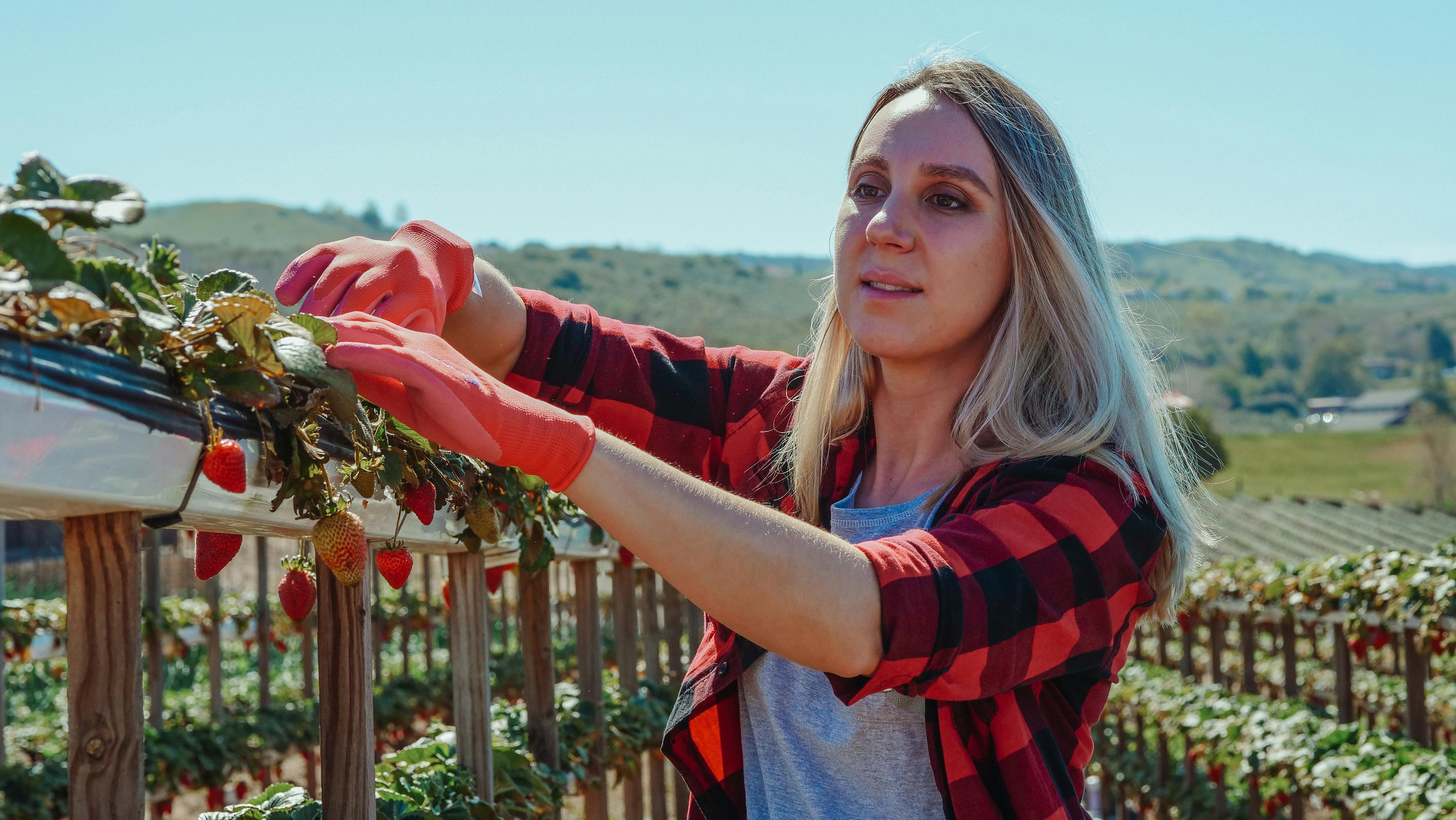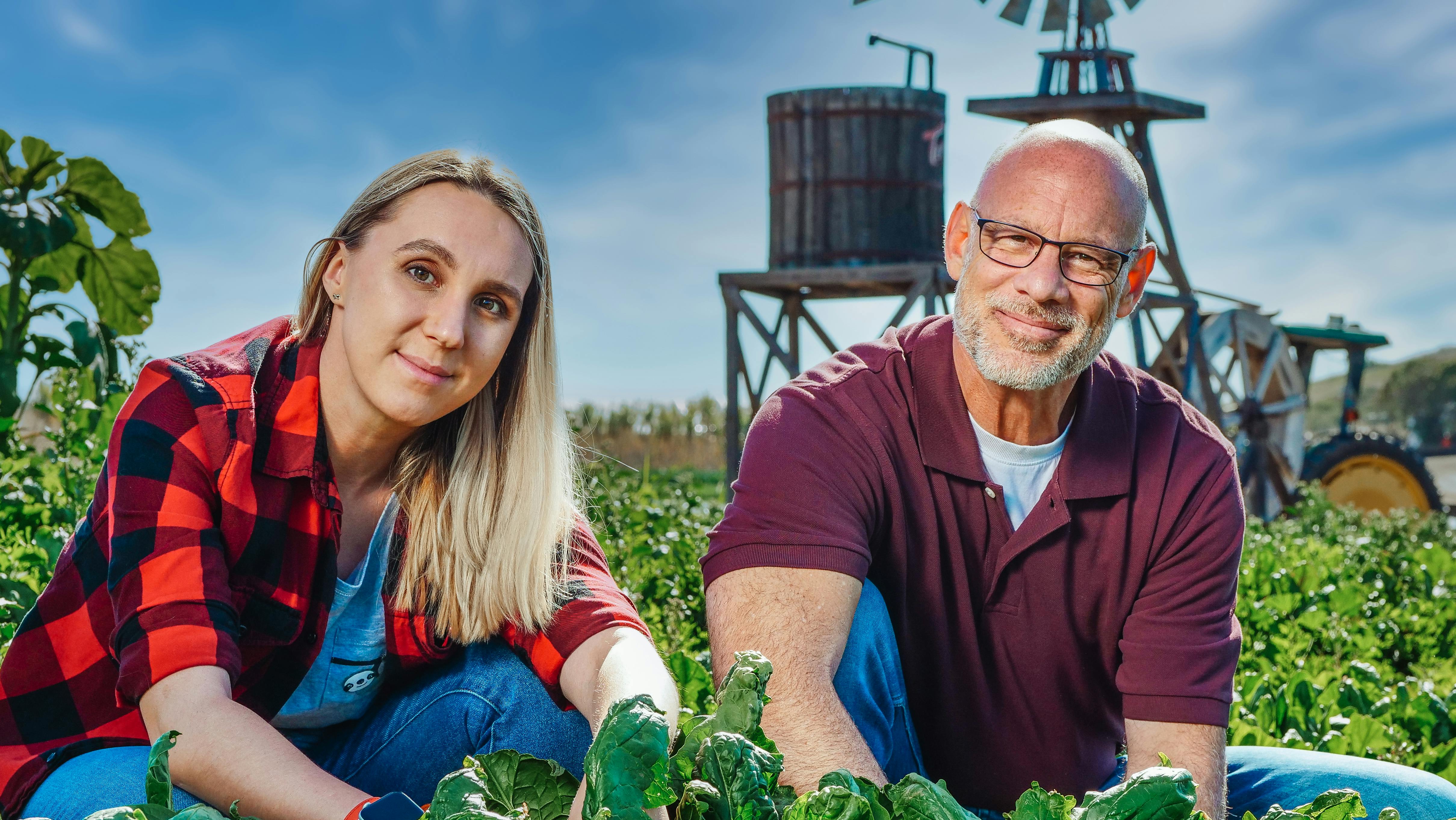Plants are the essential foundation of all life on Earth. They are essential to all food chains and provide food, oxygen, and habitat for other organisms. Plants are producers, meaning they produce their own food through photosynthesis. Photosynthesis is the process by which plants use energy from the sun to create their own energy-rich food molecules from carbon dioxide and water. This energy is then used by other living things such as animals, that consume plants as part of their diet. Plants also form the basis of most terrestrial ecosystems, providing habitats for animals and microbes alike.Producers in plants are organisms that are capable of creating their own energy through photosynthesis. They are the first link in the food chain, and without them, all other life on Earth would not exist. Producers include green plants, algae and some types of bacteria. These organisms convert sunlight, water and carbon dioxide into energy for themselves in the form of sugars, which they use to grow and reproduce.
What Is Photosynthesis and How Does It Help Plants?
Photosynthesis is a process used by plants and other organisms to convert light energy, typically from the sun, into chemical energy that can be used to fuel the organisms’ activities. This chemical energy is stored in carbohydrate molecules such as sugars, which are synthesized from carbon dioxide and water. During photosynthesis, oxygen is also released as a byproduct.
Photosynthesis is essential for plant growth because it provides the raw materials for the production of carbohydrates, proteins, and lipids. It also helps to regulate the temperature of plants, as some of the absorbed light energy is converted into heat. Photosynthesis also plays a role in regulating carbon dioxide levels in the atmosphere, since this gas is used as one of the reactants in the process.
In summary, photosynthesis is an important process for plants that helps them convert light energy into chemical energy that can be used for growth and development. The process also helps to regulate temperatures and carbon dioxide levels in the atmosphere.
What Is the Role of Producers in an Ecosystem?
Producers are essential components of any ecosystem. They are responsible for converting the energy from sunlight into organic compounds, which is then used by other organisms in the ecosystem. Producers form the base of a food chain and are often referred to as autotrophs. In most ecosystems, plants are the main producers, although certain bacteria and algae can also act as producers.
Producers play a crucial role in maintaining the balance of an ecosystem. By using photosynthesis to convert sunlight into energy, they produce oxygen and create food for other organisms. This is important because it provides energy for other species to survive and reproduce. Additionally, producers help keep carbon dioxide levels in check by releasing oxygen into the atmosphere during photosynthesis.
Producers also provide shelter and habitat for other species in an ecosystem. For example, plants may provide cover from predators or shade from the sun for animals that inhabit them. By providing this type of habitat, producers enable other species to thrive and contribute to a diverse ecosystem.
Finally, producers help recycle nutrients back into the environment after they have been used by other organisms. This helps ensure that nutrients remain available for future generations of organisms living in the ecosystem. Without producers, an ecosystem would not be able to sustain itself over time due to a lack of resources and energy sources.
Autotrophic Nutrition
Autotrophic nutrition is the process whereby plants use energy from the sun to form their own food. This process is also known as photosynthesis. During photosynthesis, plants use water, carbon dioxide and light to produce carbohydrates in the form of glucose. The oxygen produced during photosynthesis is released into the atmosphere as a by-product. Autotrophic nutrition helps plants to grow and develop as it provides them with the essential nutrients they need to survive.
Benefits of Autotrophic Nutrition
Autotrophic nutrition helps plants to obtain energy from their environment, which enables them to grow and reproduce. Photosynthesis also helps plants to absorb carbon dioxide from the atmosphere and convert it into energy, making it an important part of the global carbon cycle. Autotrophic nutrition also helps plants to produce oxygen, which is essential for all forms of life on Earth. Finally, autotrophs help maintain biodiversity by providing food and shelter for other species in their habitat.
Autotrophic nutrition is an important process that allows plants to obtain energy from their environment in order to survive and grow. By using light energy from the sun, water and carbon dioxide from the atmosphere, autotrophs are able to produce carbohydrates which provide them with essential nutrients that they need in order to thrive. Autotrophs also help maintain biodiversity by providing food and shelter for other species in their habitat, making them an integral part of our planet’s global ecosystem.
What Are the Benefits of Being a Producer?
Producing is an exciting and rewarding career choice for many who have a passion for creating entertainment. Producers are the creative masterminds behind movies, television shows, and other forms of media. They are responsible for managing the entire production process, from developing ideas to overseeing the financial resources necessary to bring a project to life. But what are some of the benefits of being a producer?
One of the biggest benefits of being a producer is that you get to be involved in every aspect of the creative process. From coming up with an idea in pre-production to ensuring post-production runs smoothly, producers play an integral role in bringing projects to life. The job also allows you to work with talented actors, directors, writers, and other industry professionals, allowing you to build valuable relationships that can help your career down the road.
Producers also have the opportunity to make considerable amounts of money if their projects are successful. With success often comes recognition from industry peers and awards such as Oscars and Emmys. This can provide additional exposure and opportunities for future projects or even other business ventures.
Lastly, producing is a great way to express yourself creatively while also having a tangible impact on society. Whether you’re producing a documentary about an important social issue or a comedy series that brings laughter into people’s lives, you’re making an impact on people’s lives through your work as a producer.

Producers Respond to Environmental Changes
Producers are organisms that rely on photosynthesis to obtain energy. They produce their own food from the sun’s energy and use it to survive and grow. As the environment changes, producers must respond in order to maintain their ability to thrive. This can be done in a variety of ways, such as altering their behavior or adapting their physiology.
One way producers can respond to environmental changes is by altering their behavior. For example, if there is a decrease in light levels, some producers may increase the amount of time they spend exposed to light in order to maximize the amount of energy they can absorb. Similarly, some producers may change the orientation of their leaves in order to better capture sunlight.
Another way producers can respond to environmental changes is by adapting their physiology. For example, some producers may develop thicker leaves or sturdier stems in order to better withstand strong winds or heavy rains. Additionally, some producers may develop deeper root systems or greater surface area on leaves in order to absorb more nutrients from the soil.
In addition to behavioral and physiological adaptation, some producers may also migrate in response to environmental changes. For instance, if an area becomes too dry for a producer species, they may move elsewhere where there is more moisture available for them. This allows them to continue obtaining the resources they need without having to adapt too drastically from their original environment.
Overall, producers have a variety of ways they can respond to environmental changes so that they can continue surviving and thriving within different conditions. By utilizing these strategies, these organisms are able to remain resilient despite changing circumstances and unpredictable weather patterns.
Producers
Producers are plants that make their own food. They use the energy from sunlight, water, and carbon dioxide to produce carbohydrates, such as glucose. This process is known as photosynthesis. The most common type of producers are green plants, including trees, shrubs, grasses, and algae. These plants use energy from the sun to manufacture their own food and serve as the primary source of nutrition for all other living organisms on Earth. Producers also play an important role in the carbon cycle by absorbing carbon dioxide from the atmosphere and converting it into organic matter such as glucose.
Other types of producers include bacteria and cyanobacteria. These organisms are known to use energy from chemical reactions rather than sunlight in order to produce their own food. Additionally, some species of bacteria are able to convert nitrogen into a form that can be used by other organisms in the environment. Producers can be found in all habitats around the world, from deserts to oceans and even inside caves.
How Do Producers Get Energy?
Producers obtain energy through a process known as photosynthesis. Photosynthesis is the process by which plants use light energy from the sun to convert water and carbon dioxide into sugar and oxygen. This sugar is then used by the plant as an energy source for growth and development. Other producers, such as bacteria and algae, use a different form of photosynthesis known as chemosynthesis to produce energy from chemical reactions in their environment. In addition, some producers rely on chemical reactions within their cells, such as respiration or fermentation, to obtain the energy they need.
Animals get their energy from consuming other organisms; either directly by eating them or indirectly by eating the products of other organisms (such as fruits or seeds). Consumers that eat plants are known as herbivores, while consumers that eat both plants and animals are known as omnivores. Carnivores are consumers that only eat animals. The energy these consumers get from their food is passed up through the food chain to higher-level consumers.

Conclusion
Plants are the producers in the food chain and are crucial to maintaining life on Earth. They use photosynthesis to convert sunlight, water and carbon dioxide into energy and oxygen. This process is essential for all organisms to survive, as it provides a source of energy, oxygen and food. Without plants, there would be no food for animals or humans to consume. Plants also play an important role in maintaining the balance of our environment by controlling the levels of carbon dioxide and providing a habitat for other species. Plants are essential to all forms of life and without them, our planet would not sustain the incredibly diverse range of organisms that it currently supports.
In conclusion, plants are vital producers in the food chain, and their importance cannot be overstated. By providing energy, oxygen, food and habitats for other species they form the backbone of all life on Earth. Without plants we would not have a sustainable environment or any way of sustaining life on this planet.

